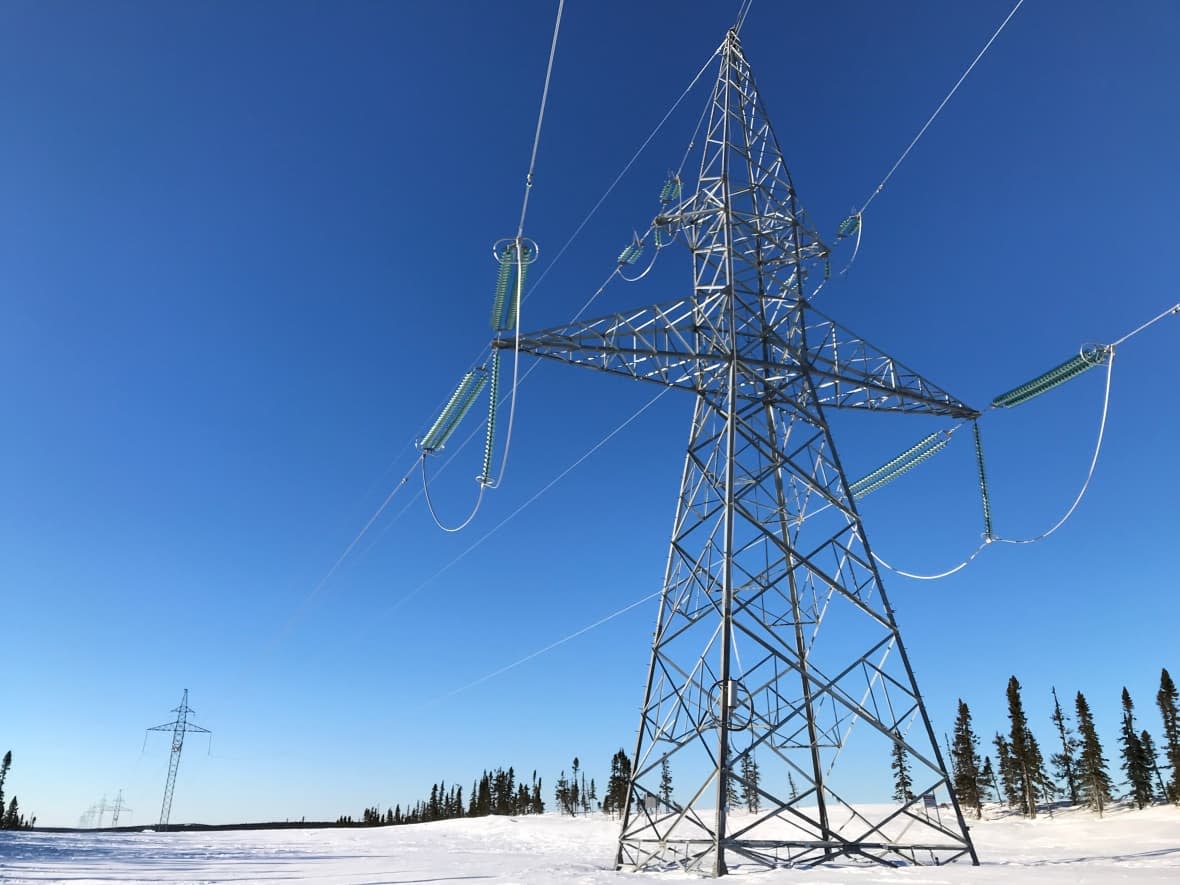N.L. Hydro proposing Bay d'Espoir expansion to meet electricity load growth

Newfoundland and Labrador Hydro is proposing a significant expansion at the Bay d'Espoir hydroelectric plant on Newfoundland's south coast, while not ruling out more generation projects as demand increases and concerns about Muskrat Falls persist.
Hydro officials revealed details of the Crown corporation's updated reliability and resource adequacy study during a news conference in St. John's on Tuesday.
At the centre of the report is a recommendation to construct an eighth generating unit at Bay d'Espoir and keep the thermal plant in Holyrood operational as a "bridge" backup for Muskrat Falls and the troubled 1,100-kilometre Labrador-Islank Link — or LIL — which is delivering power from the Churchill River to Newfoundland's Avalon Peninsula.
"The main conclusions of this report are that we are going to require backup generation on the island in the event of a LIL outage, and that Holyrood is not a permanent solution," said Rob Collett, Hydro's vice-president of hydro engineering.
Bay d'Espoir could soon rival Muskrat Falls
Bay d'Espoir is a 604-megawatt hydro generating station that began producing electricity more than 50 years ago and includes seven generating units in two powerhouses.
Hydro is proposing to invest $522 million to construct an eighth turbine, with a rated capacity of 154 megawatts. If approved, Bay d'Espoir, at 758 megawatts, would nearly rival Muskrat Falls, which is rated at 824 megawatts.

The corporation hopes to bring an official application before the Public Utilities Board next year and says it could take anywhere from five to eight years to bring the new unit into service.
"We welcome and want the significant scrutiny that comes through the regulatory process," said Hydro CEO Jennifer Williams.
Demand expected to grow
The proposal to construct more hydro capacity comes a decade after Nalcor Energy, which was folded into Hydro a year ago, sanctioned the Muskrat Falls project.
The Muskrat Falls project has nearly doubled in cost to more than $13 billion, is years behind schedule, and prompted the federal government to step up with a multibillion-dollar bailout to prevent power rates from soaring.
When asked if Hydro can be trusted to undertake another project, Williams said lessons have been learned, and there will be full transparency and accountability.

And unlike Muskrat Falls, the utility regulator will have the final say, she said.
"I'm very confident in our ability to execute this project if it's sanctioned appropriately," Williams said.
The current demand on the province's power system is 2,200 megawatts. Hydro predicts that will grow by 120 megawatts over the next decade as the move toward low-carbon-emitting electrification intensifies in an effort to combat climate change. Hydro executives see the Bay d'Espoir expansion as the answer to that growth.
A parallel challenge is the Labrador-Island Link, which has been dogged by technical problems and delays because of problems with the customized computer software needed to safely operate the high-voltage line.
Studies are showing that the LIL is not as reliable as was promised during sanctioning and will need a backup in the event of a prolonged outage.
One of the arguments for Muskrat Falls was that Holyrood, which burns expensive and polluting No. 6 diesel and has a rated output of nearly 500 megawatts, would be retired once Muskrat went into service.
Williams says Holyrood's oil-fired furnaces will eventually go cold, but exactly when is unknown because a permanent backup to Muskrat — whether it's wind, hydro, solar or hydrogen — is still being evaluated.

"So to say that the next recommendation for us is going to be X plant, we don't have that understood yet," she said.
Meanwhile, Williams said the link is delivering power to the island, and recent tests on the software have produced positive results. She said the link will be tested at up to 700 megawatts next month, and the hope is that Holyrood will be used sparingly.


